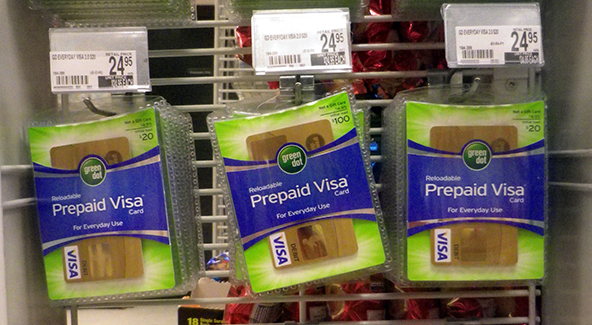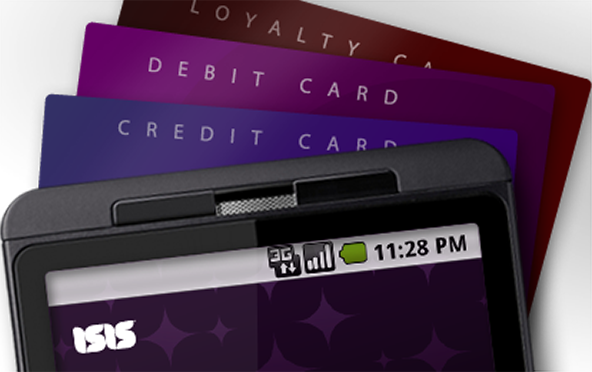Murky Prospects for Mobile Payments Charged on Cell Phone Bills

T-Mobile is launching a new mobile payments platform that will enable its users to make purchases at participating online stores and charge the sales amount to their T-Mobile account, we learn from a press release.
Direct carrier billing represents one of the major mobile payments sub-categories, alongside mobile wallets and direct card acceptance (the thing Square does), so we shouldn’t be losing side of it, even as other developments are getting most of the headlines.
T-Mobile’s Direct Carrier Billing
The unimaginatively named Direct Carrier Billing program (that is precisely the generic industry-accepted term for this type of service) will allow T-Mobile customers to make digital content purchases from their phone or PC and the sales amount will then be added to their monthly bill.
T-Mobile will be using the billing systems of several direct billing specialists, including Zong, which was recently acquired by eBay, Boku and BilltoMobile, which also have existing partnerships with other carriers.
Direct Carrier Billing will be free for T-Mobile customers, apart from the applicable data rates. The cost for merchants is not disclosed, but it seems a safe bet to assume that the standard rates of T-Mobile’s billing service partners will apply.
Something else that is not disclosed is the size of the monthly spending limit. The press release only says that “spending limit management tools will be available” to users, presumably for parental control purposes. Yet, there is no doubt that the carrier will place a fairly low per-account limit. When Verizon teamed up with Boku and BilltoMobile for its own direct billing project earlier this year, for example, the carrier placed a $25 spending cap.
The Future of Direct Billing
Direct billing will be a big part of the mobile payments landscape for one big reason. It requires no credit or debit card or even a checking account, which will make it the only mobile payments option available to many younger consumers and the unbanked (provided their credit history is acceptable to the carrier).
As far as everyone else is concerned, direct billing will look very much like a form of a mobile wallet and in fact it may indeed become one of its components, next to the bank cards and checking accounts.
There is a unique issue with direct billing, however, that may yet relegate it to mere mobile payments sideshow. It has to do with the spending cap I mentioned above and there is a reason why the carriers place it so low. If your monthly cell phone bill is $50 – $60, adding $25 or so to it would not be a big deal for the majority of consumers. The problem is that the majority of consumers will also not take it seriously and probably never use it.
To change that perception, you would need to increase the spending limit, but then you would immediately run into a different problem. The higher the monthly bill, the more difficult it would be for an increasing number of consumers to pay it off in full, which would increase your default rate. You could potentially raise the limit on a selective basis. Or you could offer the option of paying the balance over time and charging interest on the amount carried over from month to month. Either way, you’d be extending a credit line to your customers and do very much what banks do. But would carriers want to do that?
You could potentially outsource the process to a real bank and just channel the direct billing amounts into an account separate from the core cell phone one. That way you might be able to keep the customer’s phone account active, even if he’s behind or defaulting on the direct billing payments. But even with this scenario things can get messy.
The Takeaway
It is too early to predict what the future holds for direct billing service providers. There is definitely an easily identifiable niche for the service, but whether it can go mainstream is much less clear.
Image credit: Wikimedia Commons.



your mobile payments charged on cell phone bills blog is vary good. i think this is vary good carrier technical.